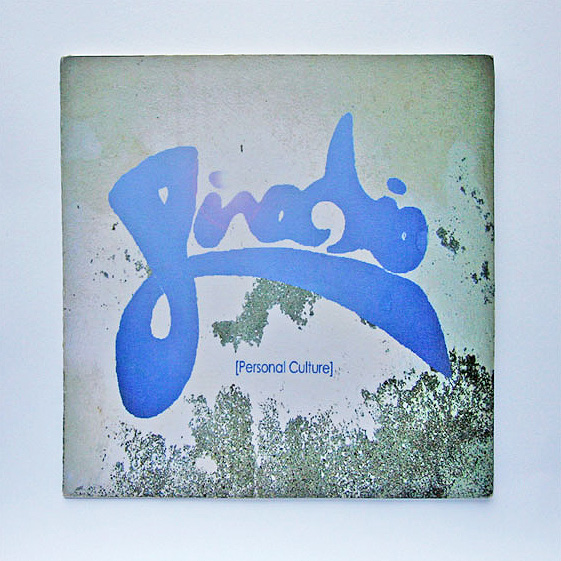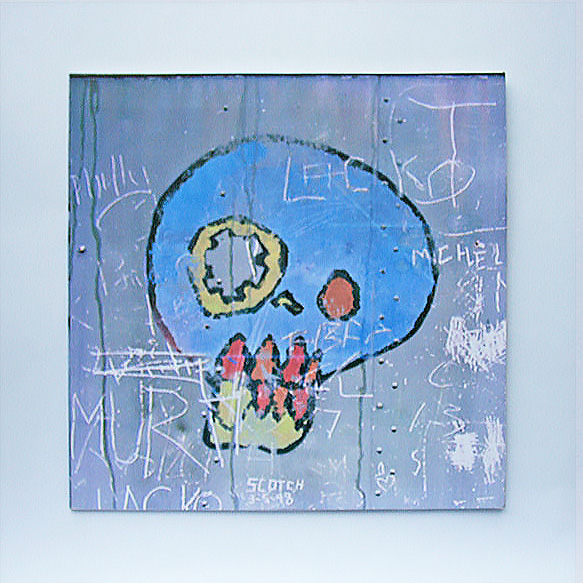Compositions & orchestrations based on the classic children’s fairy tales
2014 – 2020. Having always had a love of fairy tales as a child growing up I decided to make use of the Brothers Grimm tales as a basis upon which I could practice composing and orchestrating dramatic music. Each piece is between one to three minutes in length and uses one story from the forty six included in the below book as a set of thematic guidelines for a mock-up brief. I also created a cue generator which makes use of dice rolls to determine genre, number of voices, size of ensemble and instrumentation aswell as randomly selecting one source of musical cultural reference from around the world. These restrictions encourage me to compose outside of my comfort zone and make full use of the notes I had made while studying the fundamentals of scoring dramatic music.
Book source: Annotated Brothers Grimm – edited by Maria Tartar
Featured image source: www.fromoldbooks.org
Compositions seven thru fourteen (2017 – )
With the second batch of compositions I changed around my workflow and have begun to write out each piece in short score first, with pen and paper, making sure both the harmony and the counterpoint are as clean as I can make them. I then input this short score into Cubase where I can experiment with various combinations of instruments. Although not the fastest way to complete a piece I’m finding the results are definitely worth the effort.
#11. Round and Round We Go (demo) – From the story: The Old Man in the Brambles
Date: 20/10/20 | Download mp3 | 65Hrs | Orchestration: traditional.
Notes: This mixdown of this took alot longer than I was expecting. Balancing the bass instruments and automating the overall dynamics proved to be quite difficult as the start was alot quieter than the middle and end sections. From an arrangement perspective I was liked how the final part of the peice worked out, moving the melody and harmony from the string section to the woodwinds gave the phrase more emotion. The intro was the last part for me to finish orchestrating. I tried a lot of different single instrument combinations but most sounded slightly grating.Critique: I think the problem with the intro was the harmony and melody itself, I should have maybe re-written them instead of experimenting with the instrumentation for so long.
#10. What have You Found (demo) – From the story: The Golden Key
Date: 29/06/19 | Download mp3 | 52Hrs | Orchestration: traditional.
Notes: I was quite happy with how the first part of this worked out particularly the build before the break and the break itself as I spent alot of time experimenting with different articulation combinations. The melody worked quite well with the outro instrumentation too.Critique: The second part of this piece needed more variation or a more interesting top line as the woodwinds were weak sounding. The intro is abit minimal too
#9. Come Closer (demo) – From the story: Mother Trudy
Date: 18/01/18 | Download mp3 | 49Hrs | Orchestration: traditional.
Notes: I tend to prefer writing darker themed material and this percussive piece had plenty of scope for building a sinister sounding orchestration around. The simple high piano line in the middle of composition was intended to represent the innocent curiosity of the girl as she wanders deeper into the forest. By the end of the first arrangement I found I had too much going on and had to either dial down or heavily filter a few instruments so the final section did’nt become muddy. Critique: Despite dialing back some of the instruments the resolution still sounds too busy/noisy. The piano theme/motif could do with more harmonic variety too.
#8. Let Me Sleep (demo) – From the story: The Star Talers
Date: 17/10/17 | Download mp3 | 72Hrs | Orchestration: traditional.
Notes: I ended up doing two different versions of this track as the first version was too rhythmic in nature relying on percussion lines to add interest which didnt suit the brief (building a phrase up over time is also my default compositional style/habit – something I need to avoid falling back on). The second version was more melodic in nature and made use of nice new col-legno-tratto string patch I picked up from Spitfire Audio. Critique: Although the second section in the piece worked well harmonically and definitely suited the story the following sections quickly became dull and needed more than just harmony to sustain interest.
Compositions one thru seven (2014 – 2015)
The purpose of the first seven compositions was to develop the above mentioned cue generator and workflow checklist. The workflow checklist included (before starting a piece) researching such things as common genre specific articulations (e.g. pitch bends in horror), historical limitations of instruments of the time and best practices (important key points from past studies e.g. all parts singable and independent, always specify tempo, minimal notes/maximum expression). I also started taking note of the musical devices I heard (or could make out) in professional film scores. Although I didnt always make use of the above it gave me plenty of options and direction when starting out or getting stuck during a composition.
#7. Be Quick About it (demo) – From the story: The Hand with the Knife
Date: 17/11/15 | Download mp3 | 44Hrs | Orchestration: traditional
There was two sharply contrasting forces in this story (the evil brothers and the badly treated girl) and I tried to capture both via the choice of lead instruments and their backing lines for the various parts in the piece – flute and light spiccato for the girl and hard brass stabs and staccato for the brothers. Critique: More overall volume swells needed for the muted brass section. Bassoon line comes in too quickly. Outro cello line should be using lower level sample articulations not just the volume slider (lazy!). Flute volume level could also come down abit in outro.
#6. Child’s Play (demo) – From the story: How Children Played Butcher with Each Other
Date: 29/06/15 | Download mp3 | 49Hrs | Orchestration: hybrid
I tried to hold out as long as possible before introducing the chord progression I had written for this piece. This was to build up an emotional expectation/release and also to try and emphasis the dark and eerie subject materiel beforehand with the minimal harp line and woodwind effect. Critique: Harp entry should be more gradual. Climax could do with more interest or variation in rhythm. Woodwind entrance could be made more gradual too or use less notes in first couple of bars.
#5. As You Wish (demo) – From the story: Hans Dumm
Date: 27/01/15 | Download mp3 | 15Hrs | Orchestration: hybrid
This was a fun piece of music to write. I tried to capture the part in the story where the hunchback starts to show off his magic abilities. The pizzicato violin section and arpeggio baseline complimented each other fairly well and the rest was mostly just percussion and a contrasting horn line. Critique: Dynamics in lead melody line are too subtle. Add more filtering to the beginning of the piece so it has more contrast as it develops. Melody/phrase too similar in length and style to previous tracks. Add more instrument doublings to create interest.
#4. Fool Me Twice (demo) – From the story: The Evil Mother-in-Law
Date: 18/12/14 | Download mp3 | 27Hrs | Orchestration: traditional
I wanted to write a piece that was more evolving harmonies than anything obviously melodic so I started with a single cello line playing the figuration as harmonics before opening into a sordino cello section (supposedly representing the relentless requests of the evil-mother-in-law). The long string lines were then added to represent the generous actions of the cook character. Critique: Lazy cadence, both resolution and harmony need to be tighter. Main figuration becomes fatiguing. More expressive use of lower dynamics. Cello line needs the ‘honkiness’ EQ’ed out of it or could make use of a better sample patch.
#3. I’ll Eat You (demo) – From the story: Children Living in a Time of Famine
Date: 28/11/14 | Download mp3 | 22Hrs | Orchestration: hybrid
As there was a macabre vibe to this story I used some subtle pitch bends and a dark low string figuration as a basis to write the french horn line against. I added some tremolos and percussive fills to retain add some interest as the melody is very basic. Critique: Try to avoid including all spans of orchestration all of the time. Dont be afraid to filter/EQ more sections to help with contrast. Maybe add more expressive automation to the lead lines.
#2. Have it Your Own Way (demo) – From the story: The Stubborn Child
Date: 03/11/14 | Download mp3 | 13Hrs | Orchestration: traditional
Another single page short story. I wrote the piece as if it was to be used as end credits with a single woodwind playing the lead line to represent the stubborn child in the story. Critique: Watch out for overlapping lines – two merging single instrument woodwind lines become unclear. Possibly add more volume automation toward the end of the piece. Another rhythmic element needed for the tuned percussion line, its abit weak on its own – maybe staccato strings.
#1. Thru the Woods (demo) – from the story: The Rose
Date: 28/10/14 | Download mp3 | 18Hrs | Orchestration: traditional
Instead of picking a section of the short story to write a piece music around I tried instead to create a backing track for the full text as it was only a single paragraph in length. Critique: Too much muddiness in the lower middle range. Too much filtering on the arco strings – needs better sordino effect. Phrases and instrumentation changing alittle too quickly.




